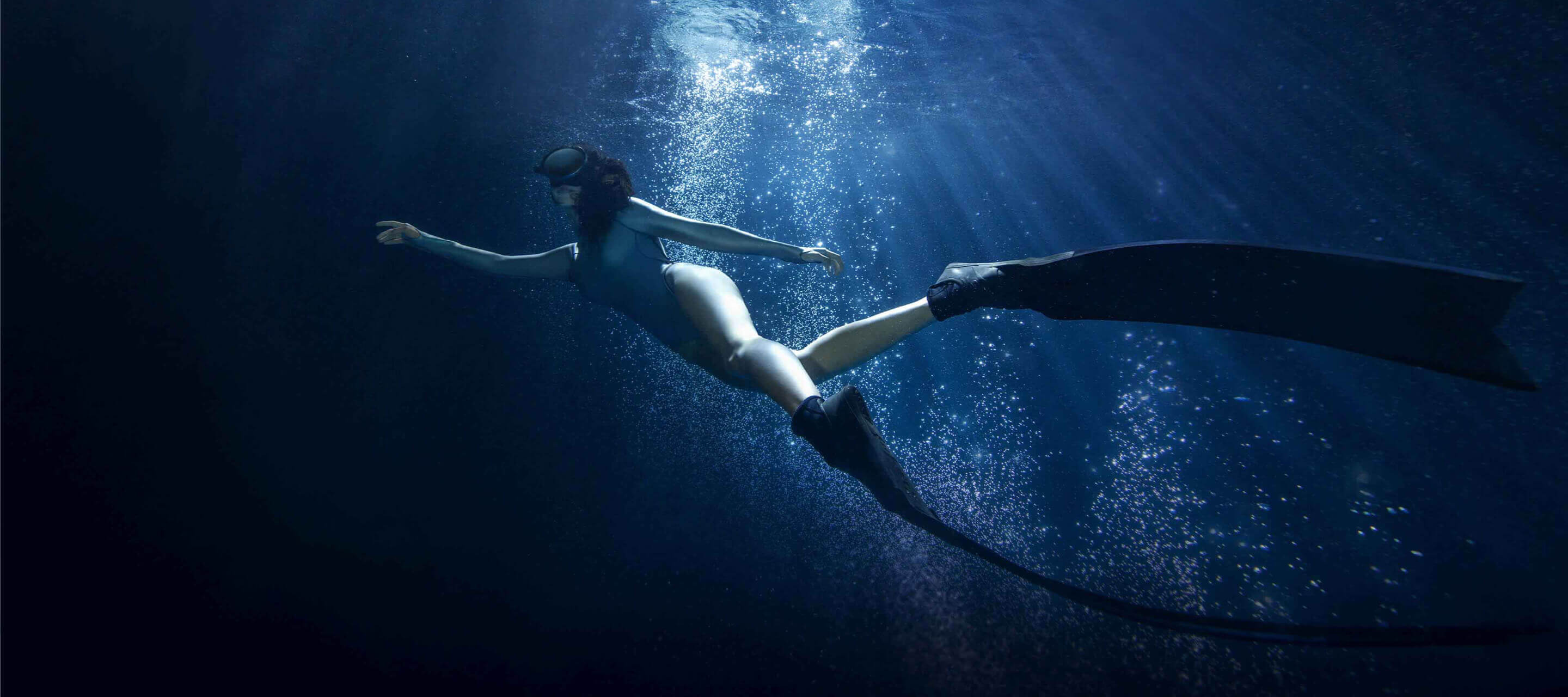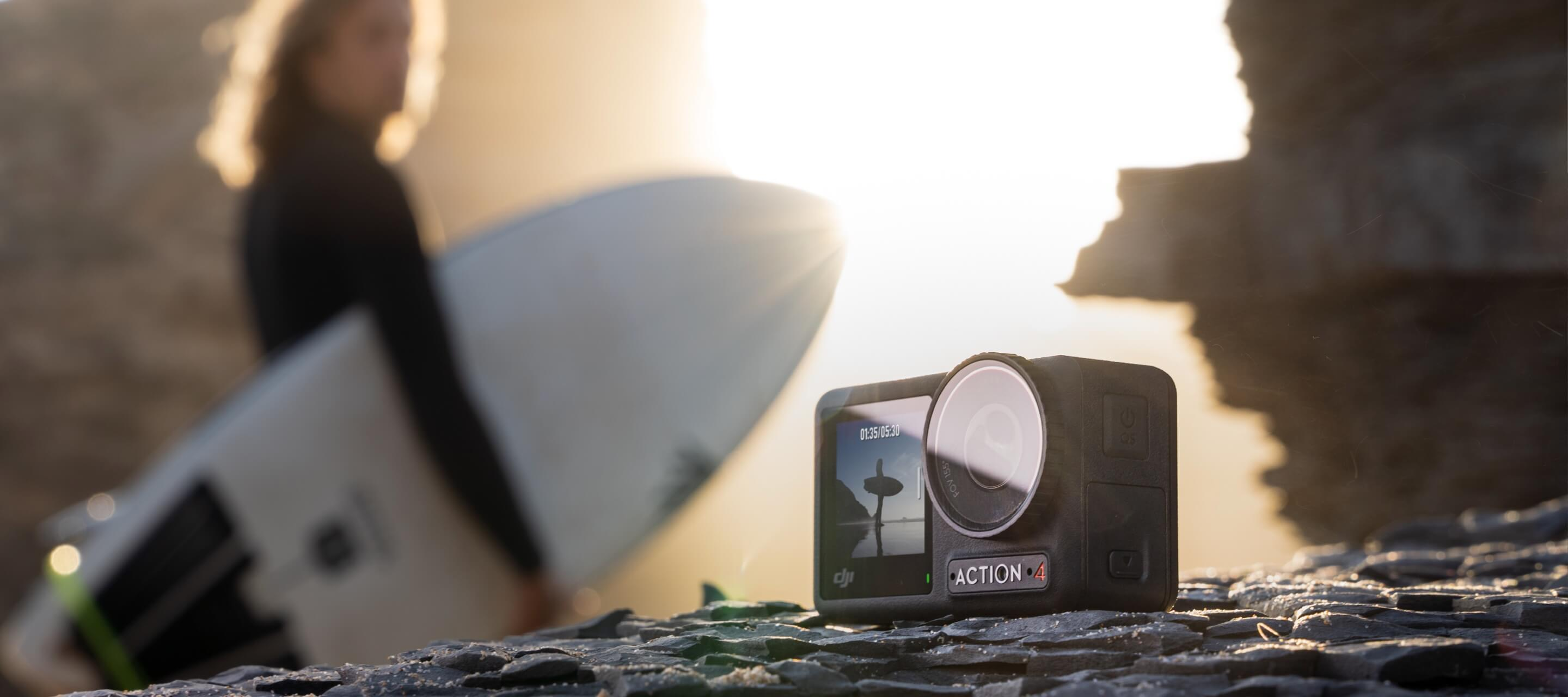Action cameras and low-light: 5 things to know
If you're an action camera user (or about to become one), you know that shooting in low-light conditions can be challenging. But did you know that with the right techniques and settings, you can still capture impressive footage in such environments? In this post, we'll guide you through the trickiest parts of setting your action camera to record in various scenarios and help you master low-light shooting.
What is considered low-light?
In photography and videography, low-light refers to environments with significantly reduced available light compared to well-lit conditions. So, this might come down to a wide range of situations, and not only the night time shooting, for example:
- Overcast days
- Indoor spaces
- Blue hours(time before the sunrise and after the sunset)
- Dusk and dawn time
- Underwater
Shooting in low-light presents unique challenges and limitations for action camera users.
Low-light conditions lack sufficient illumination, leading to underexposed footage, graininess, and loss of detail. Uneven lighting can cause dynamic range issues, resulting in a loss of details in shadows and highlights.
Low-light shooting necessitates adjustments in camera settings and techniques. Higher ISO sensitivity captures more light but introduces noise. Slower shutter speeds compensate for low-light but may cause jittering. Fast-moving subjects become more challenging to capture due to reduced visibility.
Why shoot with action in low-light
Modern action cameras are continually improving their low-light capabilities with features like improved image sensors, higher ISO ranges, and advanced noise reduction algorithms. These advancements enable action cameras to capture better quality footage in challenging lighting conditions, even in the absence of external lighting sources.
For example, DJI’s latest Osmo Action 4 camera comes with a 1/1.3″ image sensor and a 2.4μm pixel size (the bigger the pixel size, the more lights come in), which delivers exceptional shots loaded with detail.
It's important to note that while action cameras can produce visually compelling footage in low-light, their sensors and lens apertures might not deliver the same level of low-light performance as professional cameras or dedicated low-light setups. Nonetheless, action cameras provide a convenient and accessible option for capturing action-packed moments in challenging lighting situations.
Settings that affect low-light shooting
When shooting with an action camera in low-light conditions, several factors come into play that can affect the quality and outcome of the footage. Let's explore some of the key factors:
- ISO sensitivity: ISO determines the camera's sensitivity to light. In low-light situations, increasing the ISO can make the camera more light-sensitive, allowing for brighter footage. However, this can also introduce digital noise, which can degrade image quality. Modern action cameras often offer adjustable ISO settings, giving users control over balancing brightness and noise.
- Shutter speed (SS): Shutter speed determines how long the camera's shutter remains open to capture light. In low-light, a longer shutter speed is often needed to gather enough light for a properly exposed image. However, using longer shutter speeds can lead to jitter when there is movement in the frame. To avoid the blurred effect in action shots, it's essential to find a balance between exposure and freezing the action or consider using stabilization techniques.
- Stabilization: Action cameras often include built-in stabilization technology such as electronic image stabilization (EIS). This features help reduce camera shake and improve the overall quality of footage, especially in low-light conditions where longer exposures are required. Stabilization can make the footage appear smoother and less blurry, enhancing the viewing experience.
- Field of View (FOV): Action cameras typically offer a wide-angle lens, allowing for a broader field of view. While wide-angle lenses are great for capturing action and expansive scenes, they tend to let in less light compared to narrower lenses. In low-light, a wider FOV can result in lower overall brightness. Consider adjusting the FOV or using compatible accessories to mitigate the potential decrease in light.
- Aperture: The aperture of the camera lens determines the amount of light that reaches the image sensor. Action cameras generally have fixed apertures, meaning they can't be adjusted manually.
- Noise reduction: Action cameras often apply noise reduction algorithms to mitigate the graininess that can occur when shooting in low-light. While noise reduction helps improve image quality, it can also lead to a loss of fine details or a smoothening effect on the footage. Understanding the camera's noise reduction settings and finding the right balance is crucial for achieving desired
- External lighting: In challenging low-lightsituations, the use of external lighting sources can significantly improve footage quality. Action cameras often offer compatible accessories like LED lights or mounts to attach external lights. These additional light sources can illuminate the scene, increase exposure, and enhance the overall visibility and clarity of the footage.
Understanding and considering these factors play a crucial role in achieving the best possible results when shooting with an action camera in low-light conditions. Experimentation, familiarity with the camera's settings, and adapting techniques to suit the lighting environment can help capture captivating footage even in challenging lighting scenarios.
